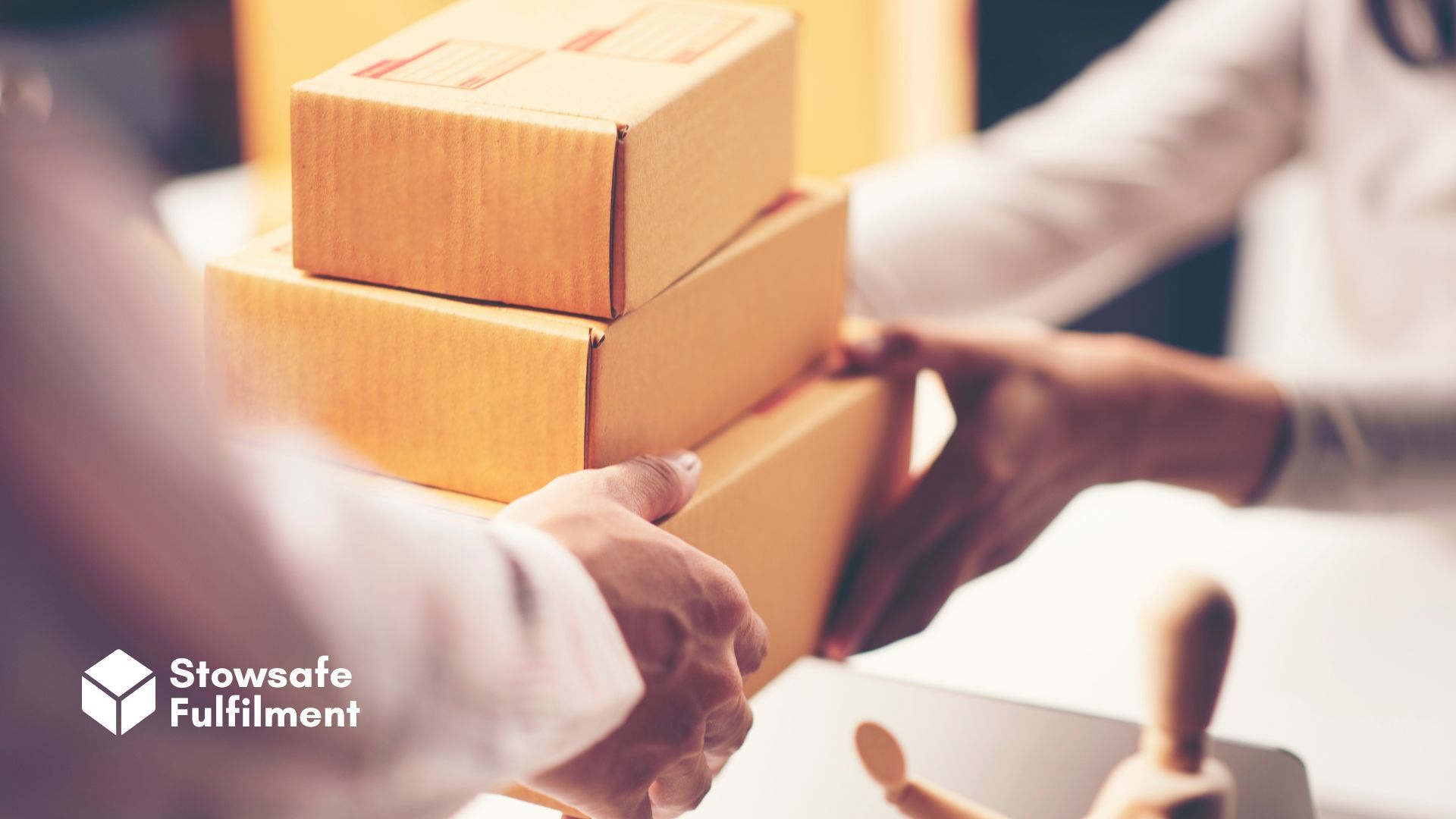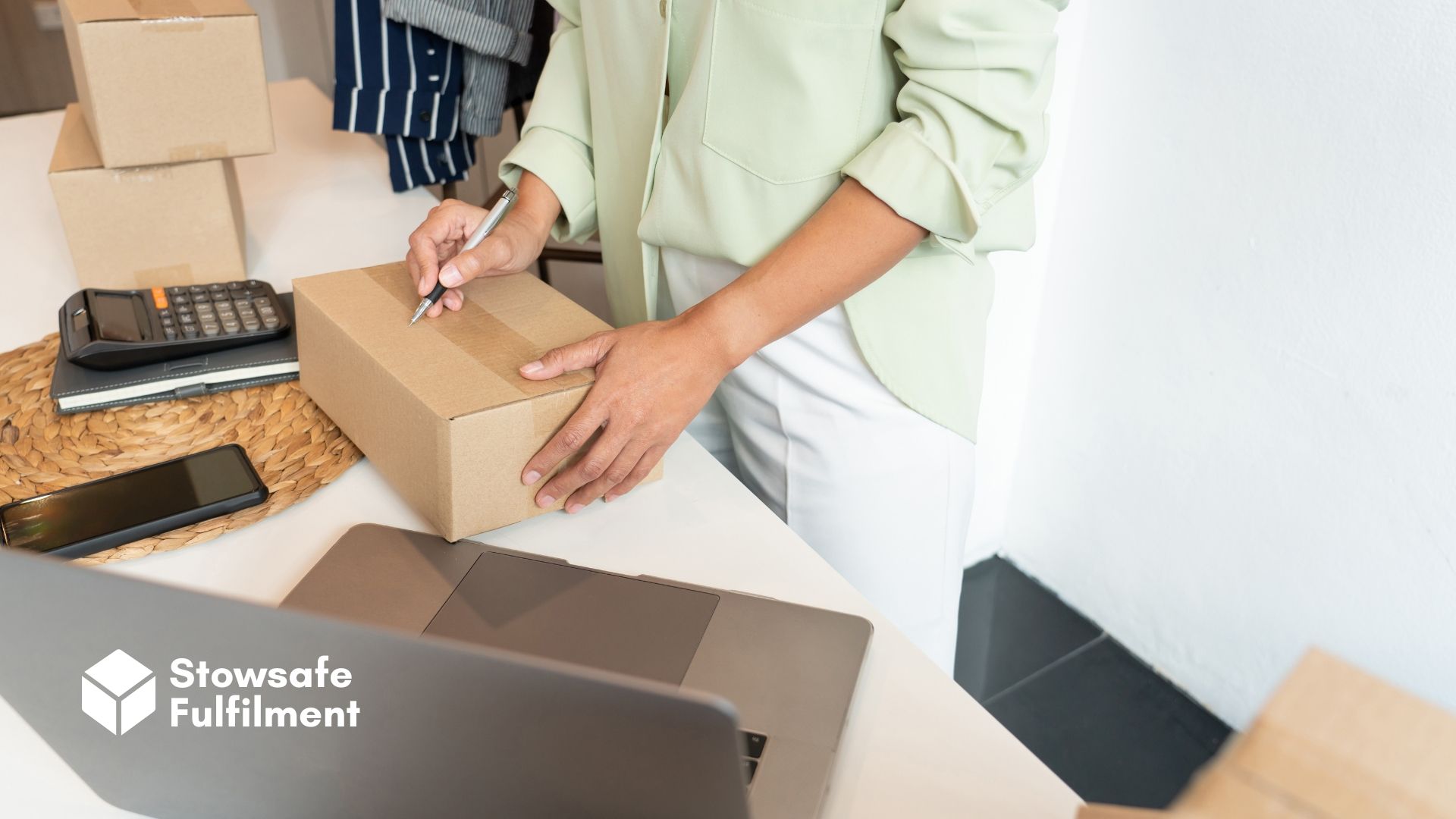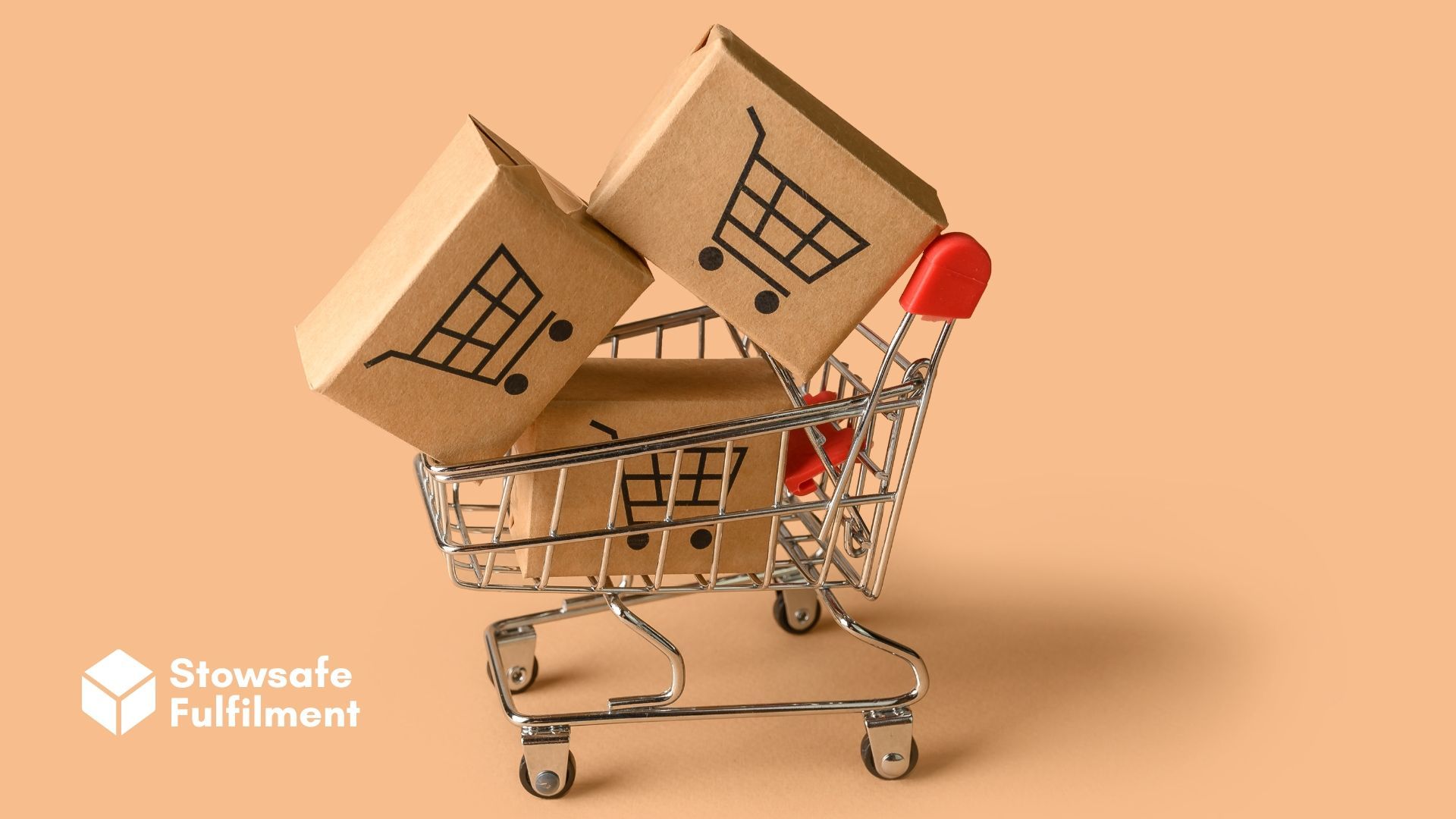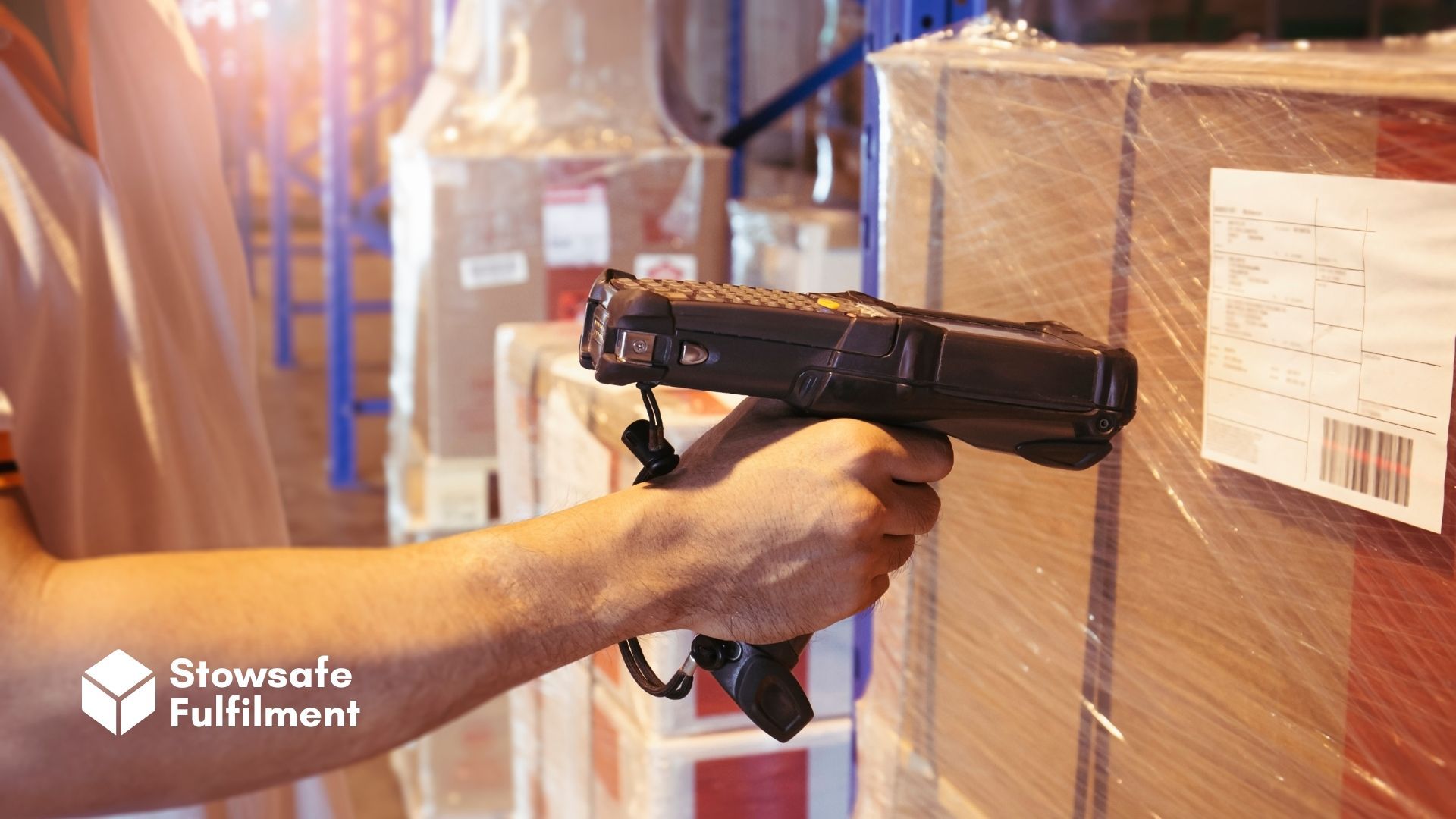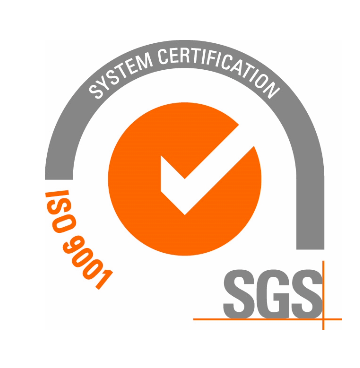It's a tricky thing, setting up shop as an e-tailer. That's why we've put together this handy guide to choosing the right eCommerce platform.

So you're ready to set up shop online. Great!
Now for the big question: where is your brand going to live?
Whether you're selling a product or looking to establish a committed customer base for a new and exciting service, you need to choose an eCommerce platform that suits your goals.
It's not an easy decision. So, to help ease the process and help you get stuck into what makes you happy, we've put together this handy guide. Keep these tips in mind, and you should be able to make an educated decision when picking out the perfect platform for you.
But firstly, why use an eCommerce platform in the first place?
Simply put, an eCommerce platform allows for just about anyone to set up shop, and all it requires (more or less) is a steady internet connection.
An eCommerce platform allows for easy scaling options as well as customisable capabilities that are made to fit your particular model – not the other way round. This is worlds away from starting an old-school, brick-and-mortar store, where you're limited by location, scalability and visibility.
Not to mention that the price of entry is relatively cheap if you're thinking of dipping your toes into the digital market.
So without further ado…
1. Determine what you need from a platform
This is by far your most important decision. If you've just started, it might be tempting to pick one of the larger, more well-known platforms without first understanding how their service operates, and whether their rules stand to work with you or against you. Before any other factors need to be considered, you must first think hard about what you wish to achieve with your business.
Make a detailed action plan of how you wish to progress and then make an additional list of features that will be imperative to your business's success.
A few examples:
Do you need your site to look a certain way?
If this is true, then you're going to need a platform that allows for extensive customisation.
Shopify, for instance, is well known for its varied and easy-to-use themes.
Do you want to use a third-party fulfilment provider?
If this is true, then you need to ensure the platform integrates with your fulfilment partner's warehouse management system (WMS). With integration in place, you can automate many of the most time-consuming fulfilment processes – like printing labels and sending shipping notifications.
Do you foresee a significant spike in your customer base?
If this is true, then you're going to need a platform that can easily adjust to any sudden rise in demand, as well as handle high volumes of traffic.
In short, you're going to need to do a lot of planning.
2. Establish a realistic budget
We're sure you've heard the phrase "you've got to spend money to make money".
Well, unfortunately, things are no different in the world of eCommerce.
No matter which platform you choose, at some point you're going to have to fork out a little something if you want to make the most of your time. And whether that's a platform's subscription fee or simple production expenses, it's crucial that you manage your money wisely.
In terms of payment models, you have several options.
Platforms such as
Shopify offer business owners a monthly subscription with customisable options depending on the price bracket you feel best fits you.
On the flip side, there are platforms like Etsy that offer no subscription plans at all, but will instead take a percentage on all transactions as well as a small fee for every item listed.
3. Consider the unique needs of your sector
This may seem like a low priority since most eCommerce platforms offer much in way of flexibility, regardless of what you wish to sell online.
That said, there are platforms out there that cater to specific industries. If your products or services are particularly niche, it's worth considering one of these.
Let's say you specialise in electronic components. Rather than trying to eke out buyers from mass-market platforms, it might be worth using a marketplace that already has a reliable stream of industry-specific traffic.
You might be tempted to maximise your chances by jumping onto multiple platforms at once. Indeed, this can pay dividends if you handle it properly. However, if you don't have a proper plan and understanding of your client base, it can be a money sink with no end in sight.
Conclusion
Look, it's not going to be easy. Make sure you take as much time as you need before diving into eCommerce. Hasty decision making will likely set you off on a bad start.
Luckily there are plenty of options to choose from. Choose the right platform, and your business will have everything it needs to grow and thrive.
Yes, it's difficult. But you'll be happy you did it.
Are you looking for a seamless fulfilment process that's tailored to your unique specifications? Get in touch with us today. Together we can get the ball rolling on your new eCommerce business.
All Rights Reserved | Stowsafe Fulfilment


